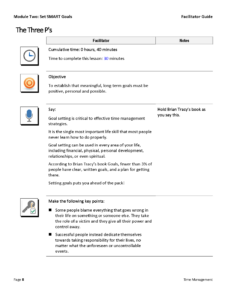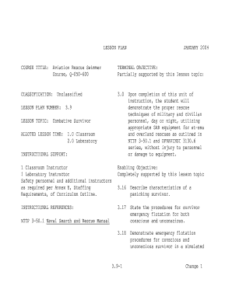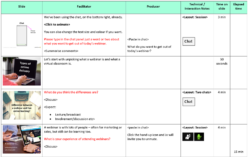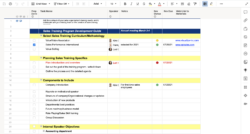Utilizing such a framework offers several advantages. It promotes consistency and quality in training delivery across multiple instructors, reduces development time and effort by providing a pre-built structure, and facilitates easy updates and revisions to training materials. Furthermore, a well-designed framework enhances the scalability of training programs, enabling organizations to quickly onboard new trainers and expand training initiatives efficiently. This ultimately contributes to improved learning outcomes and a more skilled workforce.
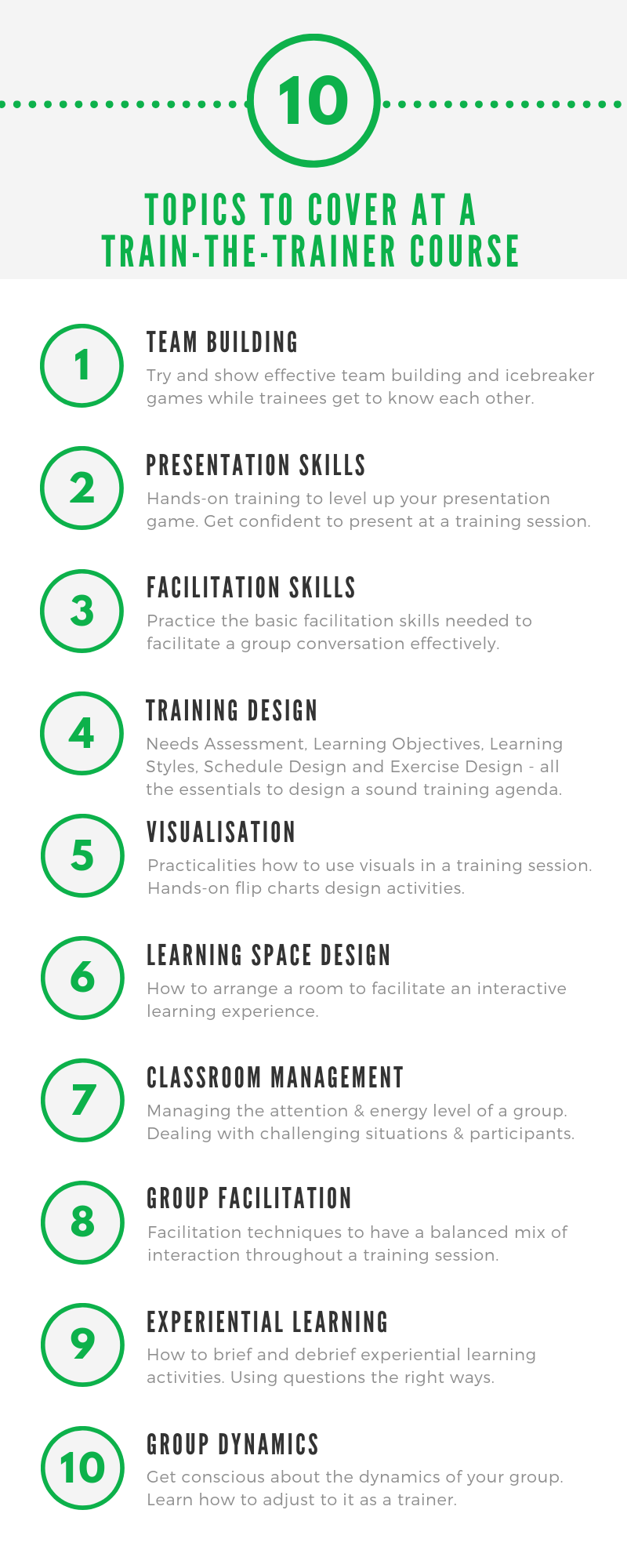
This structured approach is crucial for organizations seeking to establish effective training programs. The following sections will explore key components of a robust framework, offering practical guidance and best practices for development and implementation.
Key Components of a Train-the-Trainer Framework
Effective training programs hinge on a well-structured framework. Essential components ensure comprehensive instructor preparation and consistent delivery of training content. These components contribute to a standardized, scalable, and ultimately more effective training experience.
1: Learning Objectives: Clearly defined learning outcomes ensure trainers understand the specific knowledge and skills participants should acquire. Measurable objectives provide a roadmap for the entire training process.
2: Target Audience Analysis: Understanding the learners’ background, experience, and learning styles allows trainers to tailor their approach and maximize engagement. This analysis informs content customization and delivery methods.
3: Training Content Outline: A structured outline provides a logical flow for the training program, ensuring all essential topics are covered comprehensively and in a coherent sequence. This structure facilitates both trainer preparation and learner comprehension.
4: Training Methodology: Selecting appropriate instructional methods, such as lectures, discussions, demonstrations, or hands-on activities, enhances learner engagement and knowledge retention. The chosen methodology should align with learning objectives and audience characteristics.
5: Evaluation Strategy: Assessment methods, including quizzes, tests, or practical exercises, measure the effectiveness of the training program and learner progress toward achieving objectives. This data provides valuable feedback for continuous improvement.
6: Resource Allocation: Identifying and providing necessary resources, such as training materials, equipment, and facilities, ensures smooth and effective training delivery. Proper resource allocation supports both trainers and participants.
7: Trainer Preparation Guidance: Specific instructions and tips for trainers on how to deliver the training content, manage the learning environment, and address participant questions contribute to consistency and quality. This guidance ensures all trainers are well-prepared and confident.
A comprehensive framework incorporating these elements provides a foundation for successful training programs. This structured approach ensures consistency, scalability, and effectiveness, ultimately leading to improved learning outcomes and a more skilled workforce.
How to Create a Train-the-Trainer Guide Template
Developing a robust template requires careful planning and consideration of key components. A structured approach ensures the resulting guide effectively equips instructors with the necessary skills and knowledge for successful training delivery. This process benefits organizations by promoting consistency, scalability, and efficiency in training programs.
1: Define Learning Objectives: Begin by clearly articulating the specific knowledge, skills, and competencies participants should gain from the training. Measurable objectives provide a benchmark for evaluating training effectiveness.
2: Analyze the Target Audience: Understanding the learners’ backgrounds, experience levels, and learning preferences enables tailoring of content and delivery methods for optimal engagement.
3: Develop a Training Content Outline: Structure the training content logically, ensuring a coherent flow of information. A clear outline facilitates both trainer preparation and participant comprehension.
4: Select Appropriate Training Methodologies: Choose instructional methods that align with learning objectives and target audience characteristics. Consider incorporating diverse approaches such as lectures, discussions, demonstrations, and hands-on activities.
5: Design an Evaluation Strategy: Incorporate assessment methods to gauge learner progress and training effectiveness. Quizzes, tests, and practical exercises provide valuable data for continuous improvement.
6: Outline Resource Requirements: Identify and list necessary resources, including training materials, equipment, and facilities. Ensuring resource availability supports smooth and effective training delivery.
7: Develop Trainer Preparation Guidance: Provide clear instructions and best practices for trainers on delivering content, managing the learning environment, and facilitating participant interaction.
8: Design the Template Structure: Organize the template logically, using clear headings, subheadings, and formatting to enhance readability and usability. Consider incorporating checklists, templates, and other practical tools for trainers.
A well-designed template provides a structured framework for developing effective training programs. This approach facilitates consistency, scalability, and efficiency, leading to improved learning outcomes and a more skilled workforce. The template serves as a valuable tool for organizations investing in the development of their instructors and the quality of their training initiatives.
A robust train-the-trainer guide template provides a structured framework for developing and delivering effective training programs. Key components such as clear learning objectives, target audience analysis, comprehensive content outlines, appropriate training methodologies, evaluation strategies, and resource allocation contribute to consistency, scalability, and overall training effectiveness. Investing in a well-designed template empowers organizations to equip instructors with the necessary skills and knowledge to deliver high-quality training experiences, ultimately fostering a more skilled and knowledgeable workforce.
Organizations seeking to maximize the impact of their training initiatives should prioritize the development and implementation of a comprehensive train-the-trainer guide template. This proactive approach to instructor development ensures consistent, high-quality training delivery, leading to improved learning outcomes and a more capable workforce prepared to meet evolving organizational needs.
